What is a Nosebleed?
Most people experience nosebleeds at some point in their lives. At first, they may seem serious, but fortunately, they rarely are the result of a serious medical issue. This is because there are several delicate veins and arteries within the nose that can easily rupture and cause a nosebleed.
Causes of Nosebleeds
The nosebleed type depends on where the rupturing of the blood vessel occurs. If the ruptured blood vessel is located in the front of the nose, an anterior nosebleed arises and is usually not considered serious.
In a posterior nosebleed, the ruptured blood vessel is located in the deepest part of the nose. In the event of a posterior nosebleed, the blood from the ruptured blood vessel can flow down the back of the throat and can be considered dangerous.
The two most common causes of nosebleeds are the following:
- Physical contact with a blood vessel within the nose, such as from picking your nose or a foreign object being inserted into the nose.
- Low humidity or dry air causing the membranes within the nasal cavity to dry out, resulting in the blood vessels being more likely to rupture.
Other, less common, potential causes of nosebleeds are listed below:
- External impact or injury to the nose or surrounding area
- Allergic reaction
- Nasal infection or upper respiratory infection
- Repeated sneezing
- Chemical irritant
- High blood pressure
- Cancer
- Conditions causing blood clotting
Symptoms and Diagnosis of Nosebleeds
Nosebleeds generally result in bleeding from only one nostril. If there is excessive blood flow, it can fill up the bleeding nostril, overflow, and begin filling the area inside the nose where the two nostrils combine. It can lead to bleeding in the other nostril as well.
In posterior nosebleeds, blood can also flow down the throat and into the stomach. Excessive blood flow from a nosebleed into the stomach can cause a person to spit or vomit blood. If blood loss is excessive, you can develop symptoms such as fainting, dizziness, and/or weakness; however, it is rare for this to occur from a nosebleed.
You should seek medical care for a nosebleed under the following conditions:
- Excessive blood flow from the nosebleed
- If the nosebleed is negatively interfering with your breathing
- If the nosebleed lasts longer than 30 minutes
- If the nosebleed occurs in infants
- If a foreign object is stuck inside your nose and is causing the nosebleed
Diagnosis by your ENT specialist will typically involve a physical examination, an analysis of the events that led to the nosebleed, and consideration of your medical history. Further diagnosis may also include an x-ray, CT scan, blood tests, or nasal endoscopy.
Treatments for Nosebleeds
Most nosebleeds are not serious, do not require medication attention, and can usually be treated at home by following the techniques listed below:
- While sitting, squeeze the soft part of your nose.
- Breathe through your mouth, lean forward slightly, and keep your nostrils closed for at least 10 minutes.
- Do not lay down or lean your head back as this can lead to swallowing blood letting it go to your stomach.
- After 10 minutes, check to see if the nosebleed has stopped. Repeat the above steps if the nosebleed continues.
- If after 30 minutes the nosebleed does not stop, see your doctor as you may have a posterior nosebleed that required medical treatment.
Treatment for posterior nosebleeds can include the following:
- Packing the affected area of the nose with a cotton gauze or nasal sponge.
- Cauterizing the ruptured blood vessel.
- Surgical ligation, which involves tying the ends of the affected blood vessel that is causing the bleeding.



